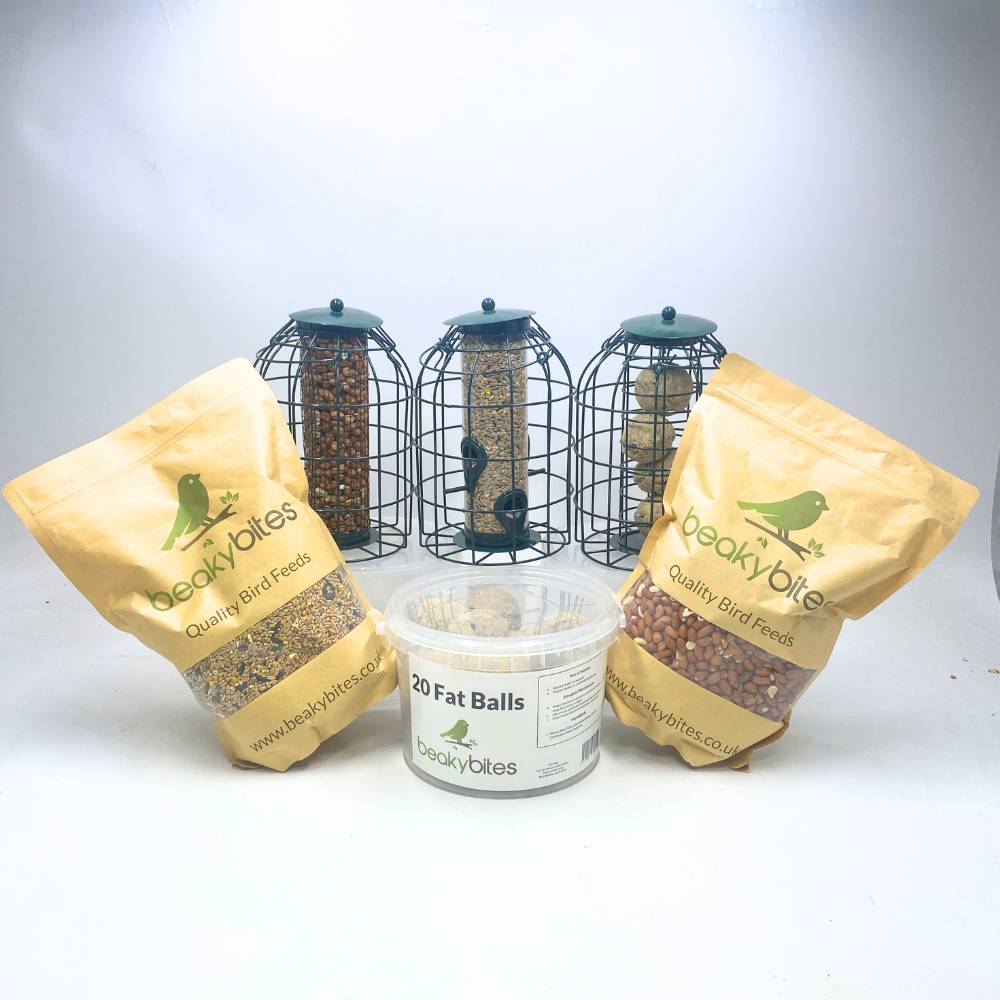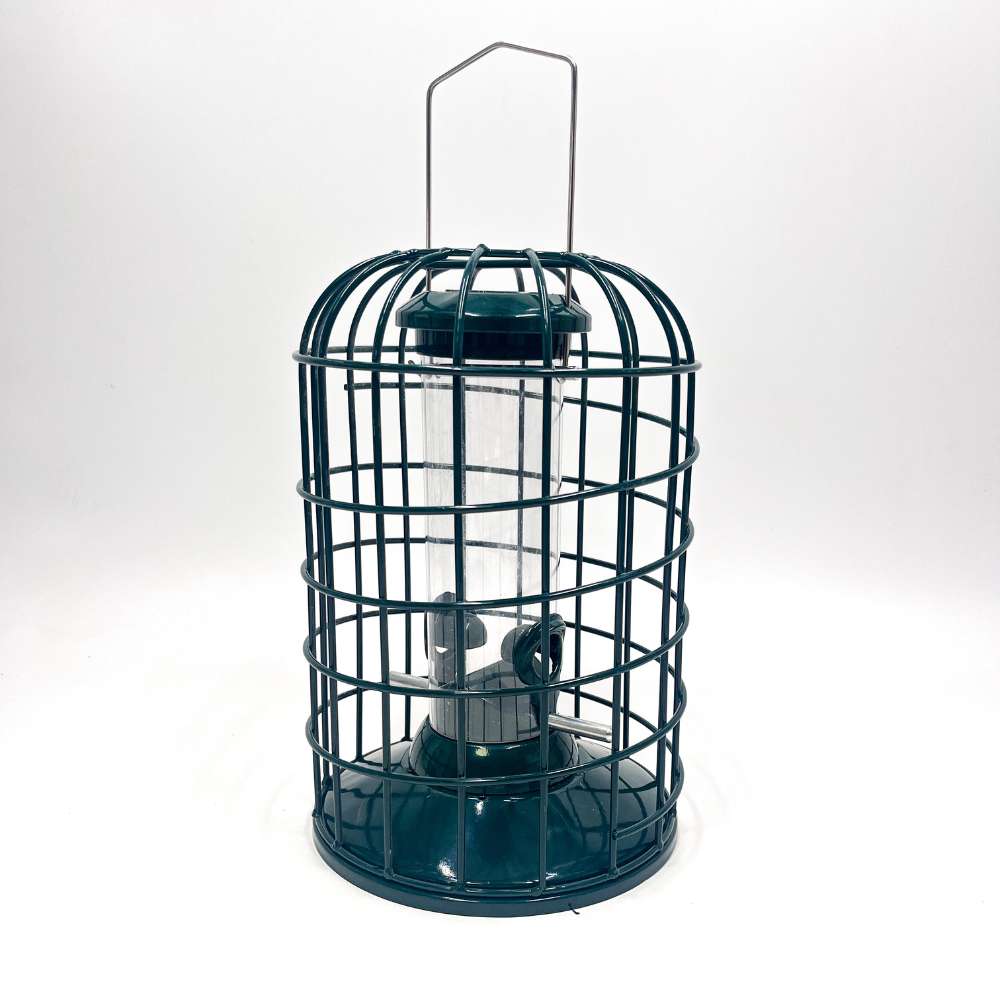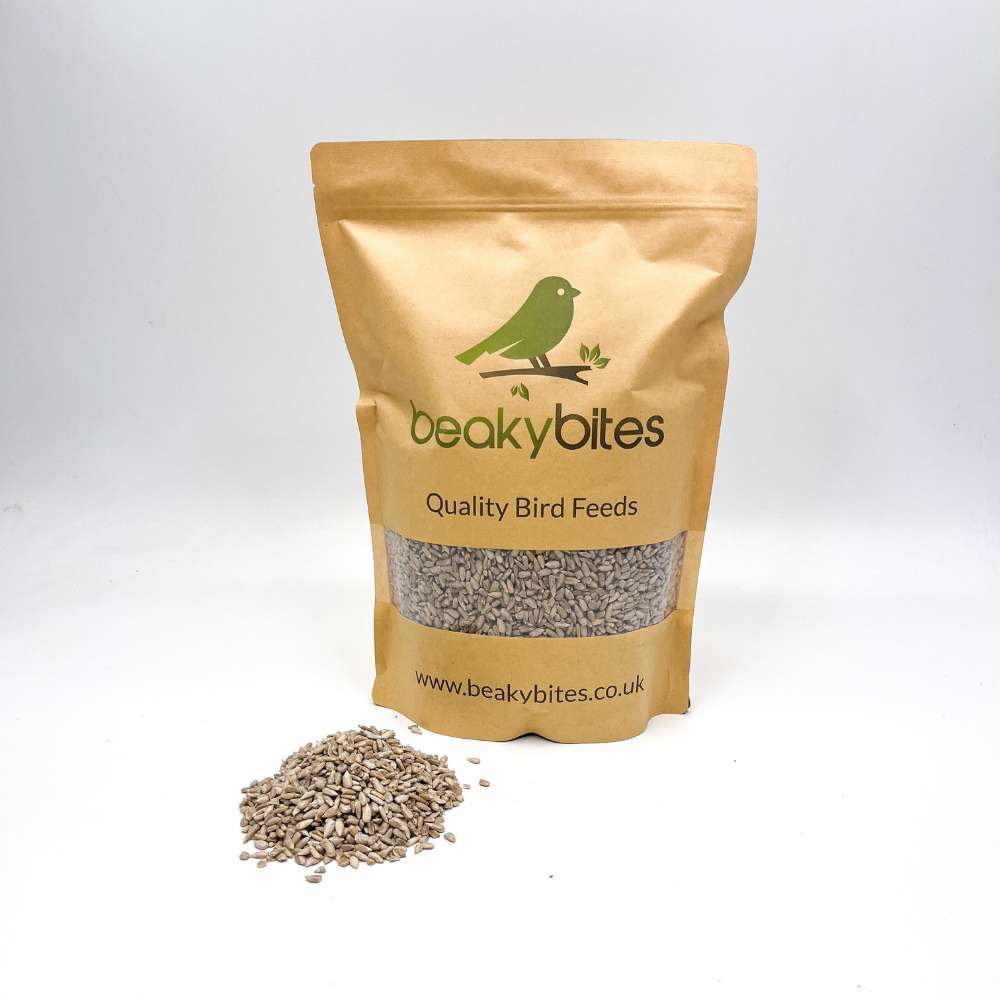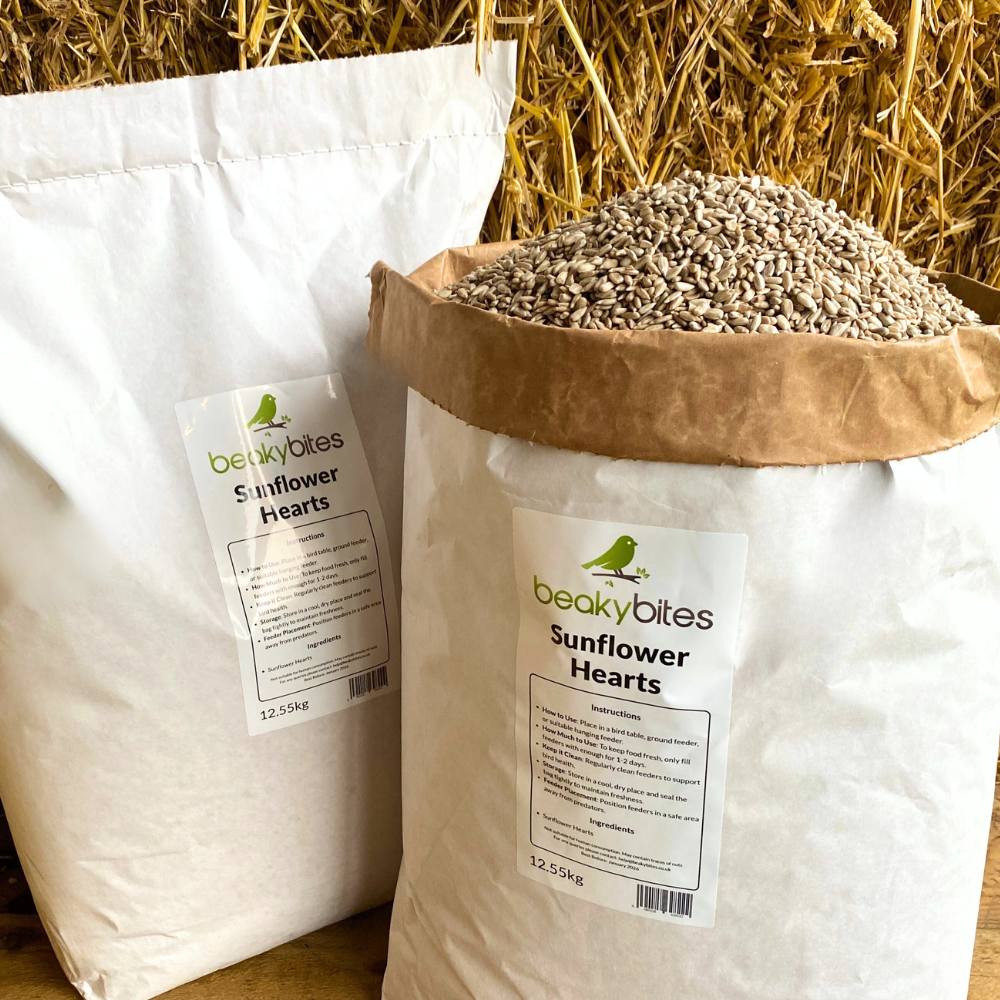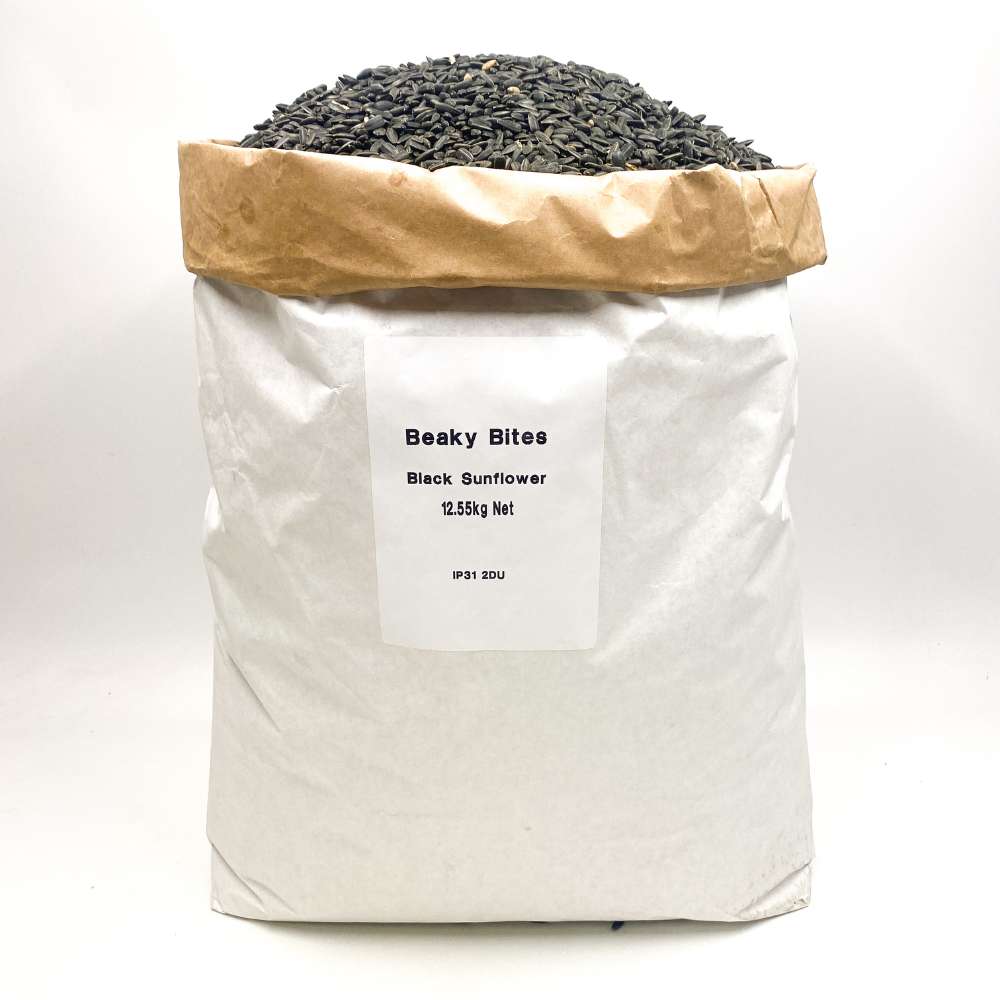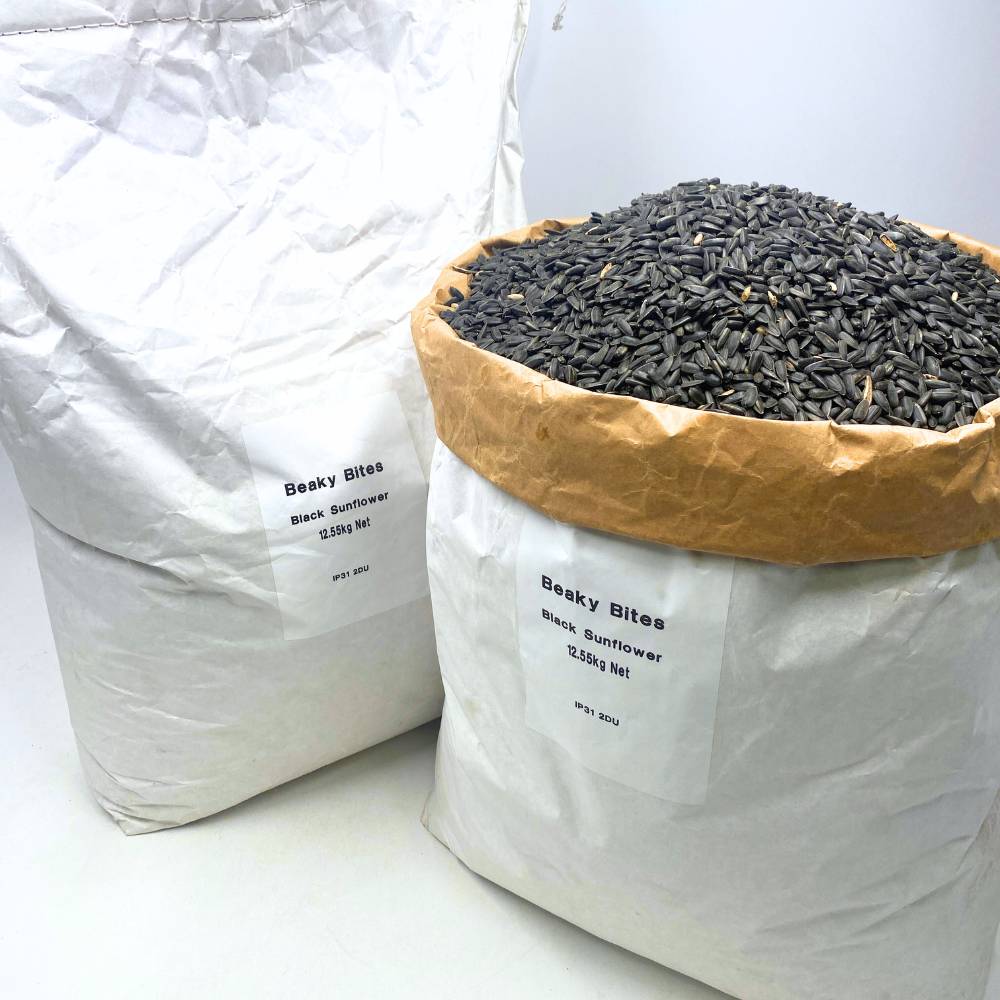Top Picks: Best Bird Feeders for Small Birds

Bird feeders are vital for small bird populations especially during times of natural food scarcity by providing a food source and maintaining garden biodiversity.
To attract and support small birds in your garden you need the right bird feeders. Our blog explains what are the best bird feeders for small birds, why they work and how to choose the right one for you.
Why Buy Bird Feeders for Small Birds?
Dedicated bird feeders for smaller birds are crucial, especially during harsh times of the year as smaller birds with higher metabolisms need a constant and accessible food source to maintain their energy. Specialised bird feeders give these tiny creatures a chance to get nutrition especially when competing with larger and more dominant bird species. This is especially true during winter when natural food is scarce and small birds energy demand is at its peak.
Additionally providing bird seeds to wild birds through well designed feeders can boost bird numbers. For example the recovery of goldfinch populations has been attributed to better garden feeding. By providing a food source we help individual birds survive and contribute to the overall health and diversity of local bird populations. This in turn creates a balanced ecosystem in our local area, more biodiversity and we get to see more bird species in our gardens. The presence of these small birds brings life, colour and natural pest control to our outdoor spaces, making bird feeding a win win for the birds and you.
What to look for in a Bird Feeder for Smaller Birds
When choosing a bird feeder for small birds you need to consider certain design features to ensure safe and easy food access for these tiny birds. A good feeder should have smaller landing platforms to fit the size of small birds like finches, sparrows and tits. Feeders with narrower entrances or overhangs can exclude larger birds and make it easier for small birds to feed comfortably.
Durability and practicality is also important when choosing a bird feeder for small birds. Materials like metal can make bird feeders more resistant to damage from larger birds and squirrels and ensure longevity. Metal hanging feeders are especially good as they can withstand harsh weather and provide a long term feeding solution.
Some feeders are designed for smaller birds and have features like weight sensitive perches that close off to heavier birds. This clever design means only lightweight small birds can access the feed, making them a great option for those who want to attract small birds to their garden.
Bird Feeders for Small Birds
There are many types of feeders that cater to the needs and behaviour of small birds. Here are some:
- Bird seed feeder
- Seed feeder
- Peanut feeder
- Peanut butter feeders
- Window feeders
- Hanging feeders
- Specialised seed feeder
- Ground feeders for smaller species
Each type has its own benefits and will attract different species to your garden.
For example Niger feeders are great for small finches as they have tiny ports that exclude larger birds. Let's look at some of the best feeders in more detail.
Caged Feeders
Caged feeders are a clever solution for those who want to feed only small birds and keep out larger birds and squirrels. These feeders have a surrounding cage that allows smaller birds to feed while keeping bigger birds out. The design is clever so only smaller birds can get to the food inside and create a safe haven for species that would otherwise be outcompeted at open feeders.

The gaps in the cage of these feeders are designed to be just the right size for small birds to get in and out comfortably. This makes caged feeders great for areas with high squirrel activity or where bigger bird species dominate traditional feeders. Many caged feeders also come with weight activated mechanisms that close the feeding ports when heavier animals try to feed, adding an extra layer of protection for your small bird visitors.
By providing a safe feeding environment caged feeders can attract a wider variety of small birds to your garden and enhance your bird watching experience.
Hanging Feeders
Hanging bird feeders also known as hanging seed feeders are one of the most versatile and popular options for feeding small birds. These can be hung from tree branches, poles or hooks and can be placed anywhere in your garden. This versatility is especially useful as you can position the feeder in areas most comfortable and safe for small birds and potentially out of reach of bigger birds or predators.
One of the big benefits of hanging bird feeders is they keep the bird food dry, reducing waste. This is important for the health of the visiting birds and minimising waste. Hanging feeders come in various materials, metal, plastic and wood each catering to different bird preferences and garden decor. Metal feeders are especially durable and can withstand the weather making them a long term investment for your bird feeding.
With so many designs to choose from hanging feeders you can pick one that not only feeds small birds but also fits your garden style.
Window Feeders
Window feeders are great for those who want an up close bird watching experience. These feeders give you an unobstructed view of small birds as they feed so you can see their behaviour and characteristics from the comfort of your own home. This is especially good for children, elderly or those with mobility issues who may not be able to get out into the garden.
Window feeders are easy to install, just stick them onto your window pane using strong suction cups. This makes it easy to move the feeder to different windows around your home and get different views of the birds. Being close to your house also provides some protection from the elements so great for areas that get a lot of rain or snow.
Note however that while window feeders are great for small birds they may not be suitable for all species. Some birds may be wary of feeding so close to human activity but with time and patience many small birds will get used to these convenient feeding stations.
Best Bird Foods for Smaller Birds
Choosing the right food is key to enticing and feeding small birds. High energy foods are especially important during winter when birds need extra calories to keep warm. Here are some good options for winter feeding:
Suet and Fat balls: These little balls of fat mixed with seeds and other ingredients are irresistible to many small bird species and can be hung in suet feeders.
Sunflower seeds: These are high in fat and a good source of energy for birds.
Nyjer (thistle) seeds: Finches and other small birds love these tiny seeds.
Peanut butter: Birds love peanut butter but make sure to use unsalted and unsweetened varieties.
By feeding these high energy foods you can help small birds survive and thrive during winter.
Sunflower hearts are another great option for small birds. Rich in protein and easy to eat these bird seeds are a favourite of siskins, house sparrows and finches. Unlike whole sunflower seeds the hearts (kernels) don’t have a hard outer shell so are accessible to birds with smaller beaks. This also means less mess under your feeders as there are no discarded shells.
For finches like siskins, greenfinches and goldfinches Niger seeds are top of the list. These tiny oil rich seeds require special feeders with small ports to prevent spillage but are worth the investment if you want to attract these colourful visitors.
A varied diet is key to supporting a diverse population of small birds in your garden. A mix of peanuts, seeds and dried food like mealworms and calciworms is recommended to cater for different species preferences and nutritional needs. Live food is very popular and can be a great way to attract insectivorous birds.
Don’t forget to cater for fruit loving species like thrushes and blackbirds; offering bruised apples and pears can be a great addition to your feeding station.
Remember while it might be tempting to offer household scraps like pastry, cooked rice or breadcrumbs these should only be offered in small amounts and occasionally as they don’t offer the same nutritional benefits as specialist bird foods.
How to Keep Bigger Birds Away from Small Bird Feeders
While it’s lovely to see various bird species in our gardens larger birds often monopolise feeding stations at the expense of the smaller ones. By implementing strategies to deter larger birds you can ensure small birds have fair access to food. One way is to shorten the perches on your feeders so larger birds can’t land and feed comfortably. Using feeders with smaller perches or cages is another great way to keep larger birds out of the food meant for smaller species.
Placing feeders in more secluded or covered areas can also help as larger birds prefer open spaces. Let’s look at some specific strategies in more detail to create a small bird friendly feeding environment.
Squirrel Proof Guardian Feeders
Squirrel Proof Guardian Feeders are a solution to the problem of feeding small birds while keeping larger birds and squirrels out. The main purpose of these feeders is to protect bird seed and provide a safe haven for small garden birds. This is achieved through clever design that has a cage around the feeder. This cage keeps squirrels and larger birds out and allows smaller birds to feed in peace.
One of the main features of these feeders is the weight activated mechanism. When a heavier animal like a squirrel or large bird tries to feed the mechanism closes the feeding ports and blocks access to the food inside. The feeders also have small entry points so larger birds can’t get to the food. They are ideal for areas with high squirrel activity or where larger bird species dominate traditional feeders.
An added bonus is they blend in with the natural environment of your garden so they are both functional and good looking. However smaller juvenile squirrels may still find a way in so do keep an eye out.
Feeder Placement
The placement of your bird feeders can make a big difference to how accessible they are to small birds while keeping larger species out. Placing feeders away from open spaces and closer to bushes or trees will help protect small birds from larger ones. This will give smaller birds quick escape routes and cover while feeding. Placing feeders in less open, more sheltered areas will reduce access for larger birds who prefer wide open spaces for easy take off and landing.
Another option is to hang feeders from thin, flexible branches. This makes it hard for larger, heavier birds to land and balance while feeding. By hanging bird feeders in strategic locations you can create an environment that favours smaller, more agile birds. Remember the goal is to make the feeding area comfortable for small birds and difficult for larger species.
Try different locations in your garden and observe bird behaviour to find the best spots for your small bird feeders.
Bird Friendly Garden
While using feeders to supply food is a great way to attract birds, creating a bird friendly garden will enrich their habitat and attract a wider range of species. One of the best ways to support small birds is by installing nesting boxes. Here’s where to position different types of nesting boxes:
Classic small holed nest boxes are suitable for a variety of small garden birds and should be 2-4 meters up a tree or wall.
For species like sparrows that breed in colonies consider installing sparrow terraces high up under the roof eaves.
Open fronted nest boxes for robins and wrens should be low to the ground and hidden by plants.
When placing nesting boxes look for sheltered areas facing between north and east to avoid direct sunlight and strong winds.
Planting bird friendly vegetation is another important part of creating a welcoming environment for small birds. Here are some examples of bird friendly plants:
Berry rich trees and shrubs like rowan, hawthorn, guelder rose and holly provide natural food and shelter all year round.
Plants with seeds like teasels and sunflowers are great for attracting seed eating birds.
Climbers like ivy and honeysuckle provide dense cover, fruits and attract insects that many birds eat.
A wildflower area in your garden will also attract a variety of insects which is an additional food source for insectivorous birds.
Water is often overlooked in bird friendly gardens but it’s essential for drinking and bathing. Bird baths or shallow water containers should be placed in shaded areas to prevent the water from getting too hot. Make sure the water is clean and fresh, change it regularly to prevent the spread of disease.
When it comes to positioning your feeding stations:
Place them near tall hedges or trees for cover
Keep them away from low areas where cats can ambush feeding birds
Consider having multiple feeding stations to attract a variety of bird species and reduce competition at any one feeder
By combining these elements - nesting sites, diverse plantings, water sources and well placed feeders you can create a haven for small birds in your garden.
Frequently Asked Questions
How often should I clean my feeders?
- Answer: Clean your bird feeders weekly especially during warmer months with warm soapy water and a long bristled brush. After cleaning disinfect with a mild non-toxic disinfectant and let the feeders dry completely before refilling.
What’s the best food to attract a variety of small birds?
- Answer: The best food to attract a variety of small birds is a mix of high energy foods like sunflower hearts, Niger seeds, suet balls and a variety of small seeds. You can also attract insectivorous birds by adding live food like mealworms and don’t forget to provide fresh water.
How can I stop larger birds from taking over my feeders?
- Answer: Use feeders for small birds and place them near bushes or trees for cover. Consider having separate feeding stations for larger birds.
Can I feed birds all year round?
- Answer: Feeding birds all year round is good as it helps them during breeding season and before migration or winter.
How can I make my garden more bird friendly beyond feeders?
- Answer: Make your garden more bird friendly beyond feeders by planting native trees, shrubs and flowers, installing nesting boxes, providing clean water and no pesticides. This will attract and support more bird species in your garden.






